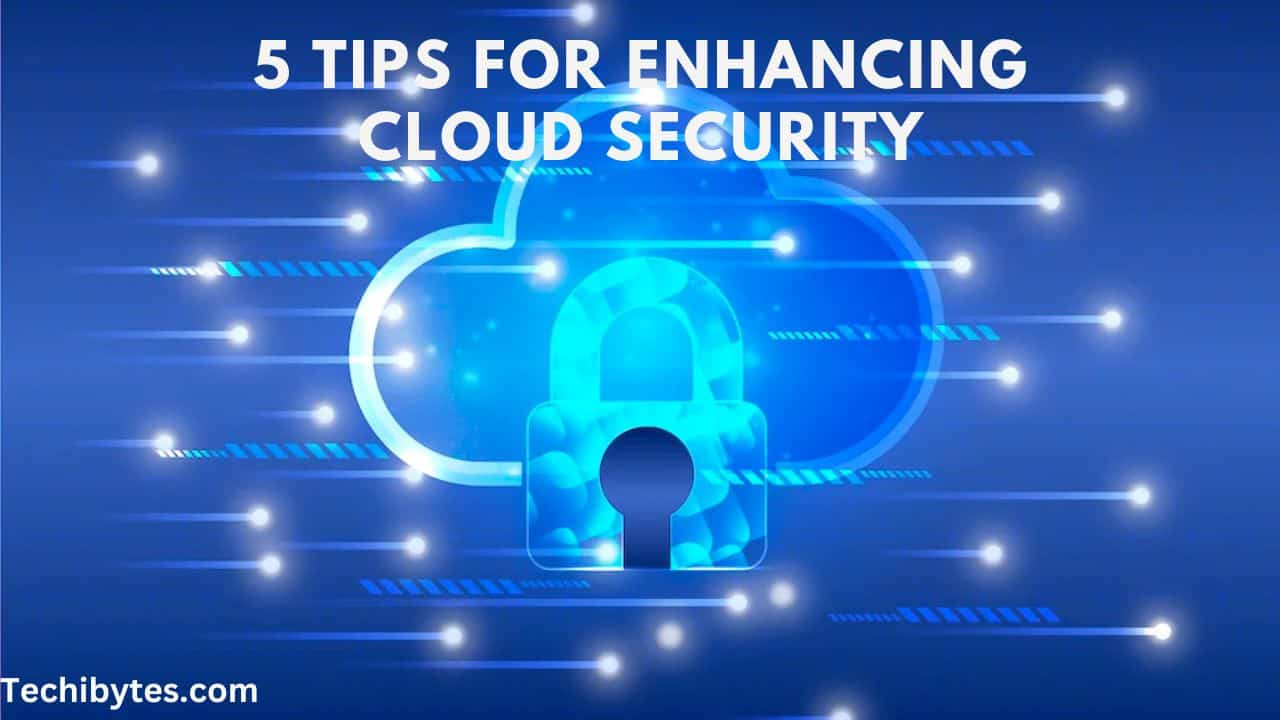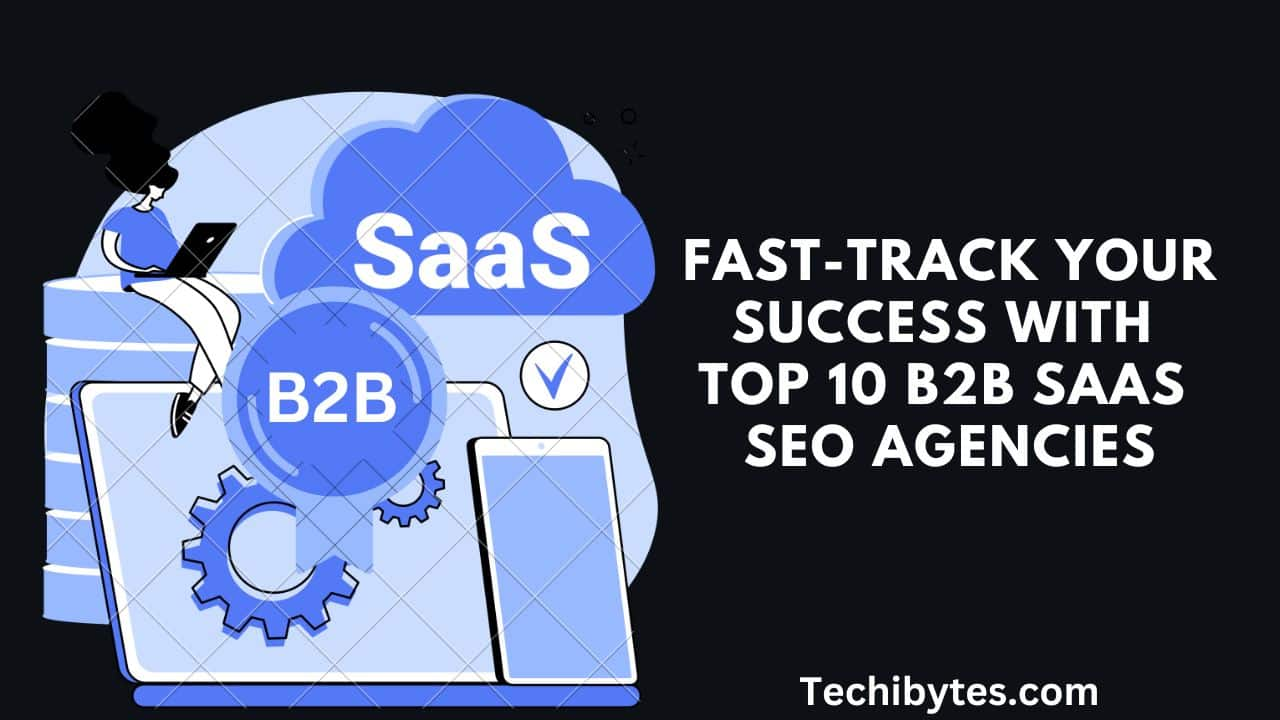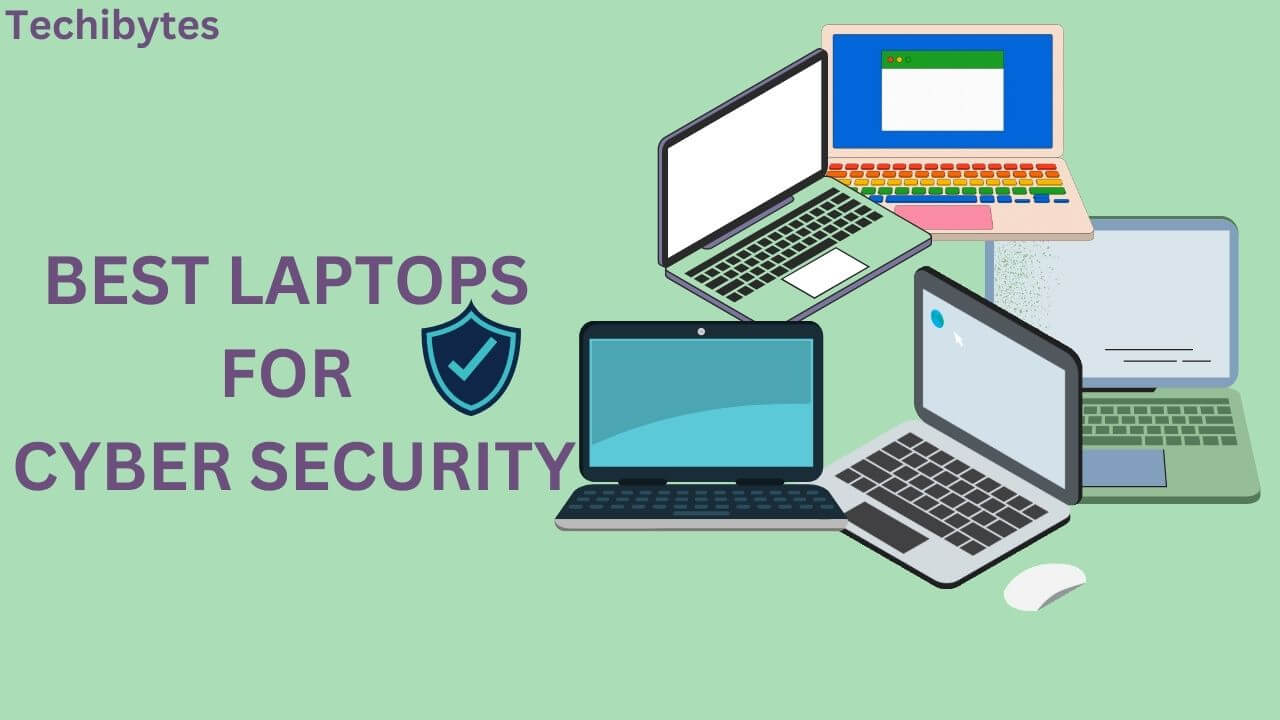Cloud computing offers a convenient way to store, access, and share data virtually via the Internet. But benefitting from the flexibility and savings you can get with cloud platforms requires vigilance in terms of security measures.
With malicious actors constantly evolving their techniques, safeguarding your digital assets must be an ongoing effort; fortunately, you can take easy measures to mitigate such threats and protect your valuable online content.

Table of Contents
Tips for Enhancing Cloud Security
1. Choose a Reliable Cloud Provider
Companies should be cautious in their selection and consider only reputable cloud drivers. Reputable cloud service providers invest in maintaining high levels of security measures and are regularly audited to ensure compliance with cybersecurity standards.
The cloud service provider should have a team of security experts who continuously monitor for threats and implement the latest security patches and updates. When choosing a cloud provider, ensure they offer encryption at rest and in transit.
Data should be encrypted when stored on the cloud servers and transmitted between your organization and the cloud. Investigate the physical security measures in place at the cloud provider’s data centers.
2. Train Your Employees
Properly trained and aware employees can help prevent security breaches caused by human error or social engineering attacks. Here’s how to ensure your workforce is security-conscious:
- Provide regular security awareness training to educate employees about common security threats, phishing attacks, and best practices for handling sensitive data.
- Implement RBAC to restrict access to sensitive information based on job roles. Ensure that employees have the minimum level of access necessary to perform their tasks.
- Train your employees on how to recognize and report security incidents promptly. Establish clear incident response procedures to contain and mitigate security breaches when they occur.
- Keep your employees informed about the latest security updates, threats, and best practices through newsletters, workshops, or internal communication channels.
3. Monitor Your Cloud Environment
Cloud security monitoring requires an active approach to tracking and analyzing the flow of data between servers, applications, and endpoints. Cloud security analysts should fully see security logs, system configurations, network traffic, and data access.
Utilize cloud detection and response to monitor cloud activity and detect potential threats. Businesses must also enable security automation to improve visibility and detection of threats since manual monitoring can be time-consuming and prone to error.
4. Encrypt Sensitive Data
Encrypting data ensures that even if a malicious actor gains access to your cloud environment, the data remains indecipherable without the appropriate encryption keys. Implement encryption for data at rest and data in transit.
Data at rest refers to data stored on disks or other storage media within the cloud infrastructure. Most cloud service providers offer encryption services for data at rest, which you should enable as a best practice.
Ensure that encryption keys are managed securely and regularly rotated. Data in transit pertains to data traveling between your on-premises infrastructure and the cloud or between cloud services.
5. Use Strong Passwords
Passwords are often the first line of defense against unauthorized access to your cloud resources. Avoid easily guessable passwords such as “123456” or “password.” Regularly update passwords and avoid using the same password for multiple accounts.
Consider using a password manager to generate and store complex passwords securely. However, relying solely on passwords can leave your cloud environment vulnerable to password-guessing attacks and brute-force attempts. Implement strong password policies and use multi-factor authentication (MFA).
Endnote
Ensuring your cloud security is of the highest quality should be a top priority. Establish secure passwords for each account and enable multi-factor authentication for extra security.
Monitor all access to the cloud environment vigilantly, and educate your employees when appropriate. Locate a reliable cloud provider with a solid record and comprehensive suite of services at a good price point. Remember to encrypt your data whenever possible.










